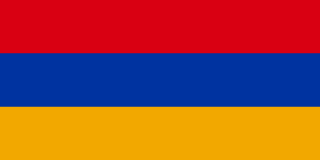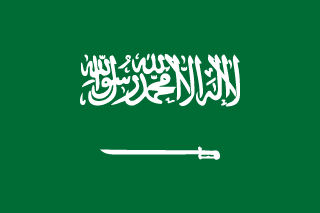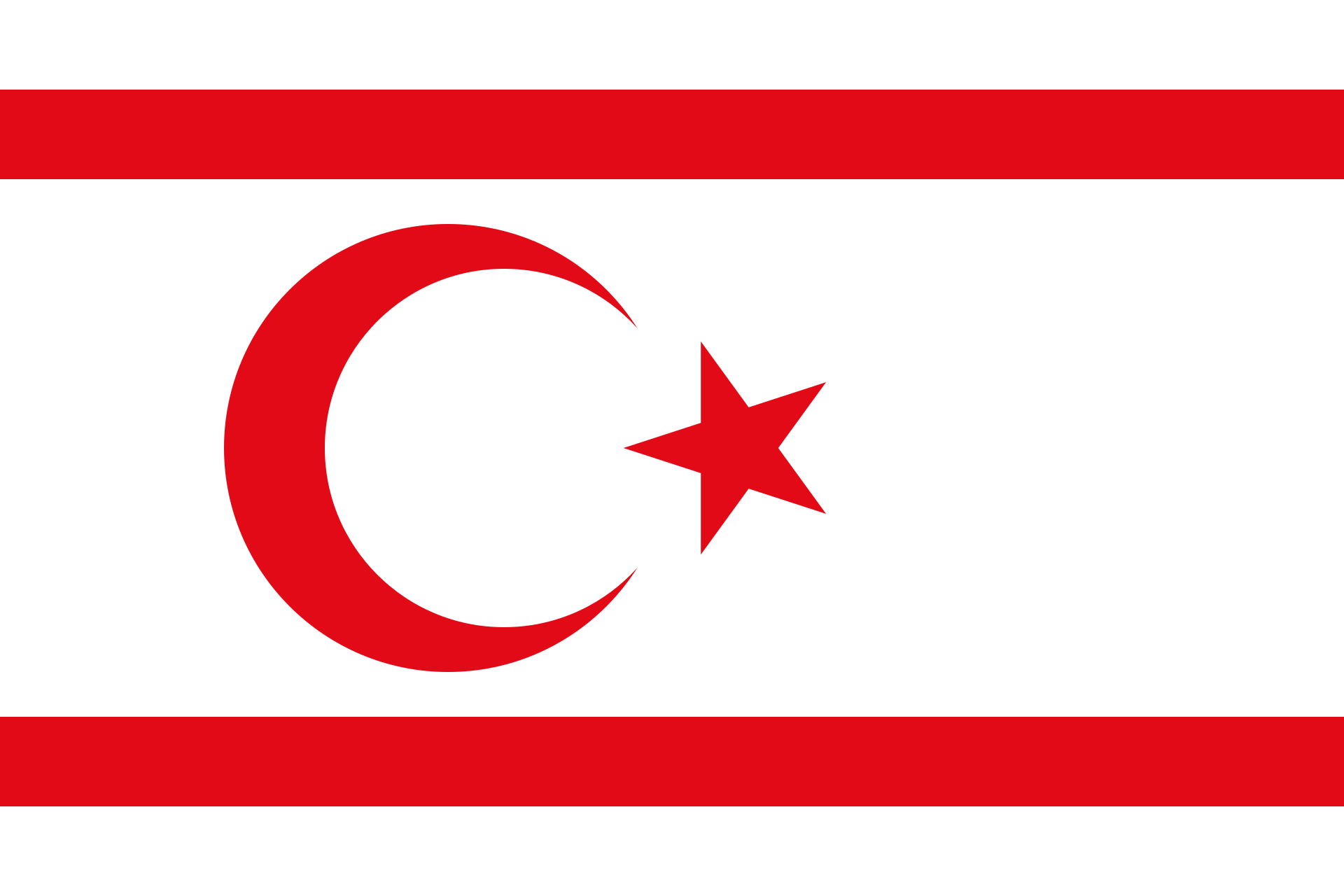Population
3,002,520
Last updated:
1 NovArea
29,743 km2
Last updated:
1 NovCurrency
Dram (֏) (AMD)
Last updated:
1 NovOfficial Language
Armenian
Last updated:
1 NovPhone code number
+374
Last updated:
1 NovInternet TLD
.am
Last updated:
1 NovAverage monthly salary
950 $
Last updated:
1 NovTotal millionaires
865 persons
Last updated:
1 NovTotal billionaires
0 persons
Last updated:
1 NovMilitary power
Passport rank
84
Last updated:
1 NovVisa free
64 country
Last updated:
1 NovReligions in Armenia
Christianity (Armenian Apostolic Church)
Info about Armenia (History)
Armenia is a landlocked country located in the Armenian Highlands in Western Asia. It is part of the Caucasus region; and is bordered by Turkey to the west, Georgia to the north, the Lachin corridor, controlled by Russian peacekeeping forces, Azerbaijan to the east, and Iran and the Azerbaijani exclave of Nakhchivan to the south. Yerevan is the capital and largest city.
Armenia is a unitary, multiparty, democratic nation-state with an ancient cultural heritage. The first Armenian state of Urartu was founded in 860 BC, and by the 6th century BC., he was replaced by the satrapy of Armenia. The Kingdom of Armenia reached its heyday under Tigranes the Great in the 1st century BC. It became the first state to adopt Christianity as an official religion at the end of the 3rd or the beginning of the 4th century AD. The official date of the adoption of Christianity by the state is 301. The ancient Armenian kingdom was divided between the Byzantine and Sassanian empires around the 5th century. Under the Bagratuni dynasty, the Armenian domain of the Bagratids was restored in the 9th century. Decline due to wars with the Byzantines, the kingdom fell in 1045, and soon after that, the Seljuk Turks invaded Armenia. The Armenian principality, and then the Cilician Kingdom of Armenia, was located on the shores of the Mediterranean Sea between the 11th and 14th centuries.
Between the 16th and 19th centuries, the traditional Armenian homeland, consisting of Eastern Armenia and Western Armenia, was ruled by the Ottoman and Persian empires, which were led by one of the two over the centuries. By the 19th century, Eastern Armenia was conquered by the Russian Empire, while most Western parts of the traditional Armenian homeland remained under Ottoman rule. During the First World War, 1.5 million Armenians living in their ancestral lands in the Ottoman Empire were systematically exterminated during the Armenian genocide. In 1918, after the revolution in Russia, all non-Russian countries proclaimed their independence after the Russian Empire ceased to exist, which led to the creation of the First Republic of Armenia. By 1920, the state was incorporated into the Transcaucasian Socialist Federative Soviet Republic, and in 1922 it became one of the founders of the Soviet Union. In 1936, the Transcaucasian state was dissolved, as a result, its member states, including the Armenian Soviet Socialist Republic, were transformed into full-fledged union republics. The modern Republic of Armenia became independent in 1991 during the collapse of the Soviet Union.
Armenia is a developing country and is ranked 81st in the Human Development Index (2018). Its economy is primarily based on industrial production and mining. Although geographically located in the South Caucasus, Armenia is generally considered geopolitically European. Since Armenia is geopolitically joining Europe in many respects, the country is a member of many European organizations, including the Council of Europe, the Eastern Partnership, Eurocontrol, the Assembly of European Regions, and the European Bank for Reconstruction and Development. Armenia is also a member of certain regional groups across Eurasia, including the Asian Development Bank, the Collective Security Treaty Organization, the Eurasian Union, and the Eurasian Development Bank. Armenia supports the de facto independent Artsakh, proclaimed in 1991. Armenia also recognizes the Armenian Apostolic Church, the oldest national church globally, as the country's primary religious institution. Mesrop Mashtots created the unique Armenian alphabet in 405 AD.
Important information about Armenia
1- What is the population of Armenia?
answer: The total population of Armenia is 3,002,520 in 2021.
2- Who is the president of Armenia?
answer: Armen Sarkissian is the current president of Armenia.
3- What is the area of Armenia?
answer: The total area of Armenia is 29,743 km2 .
4- What is the official language of Armenia?
answer: The official language of Armenia is Armenian .
5- What is the currency of Armenia?
answer: The currency of Armenia is Dram (֏) (AMD) .
6- How much is the average salary in Armenia?
answer: The average salary in Armenia is 950$ in 2021.
7- What is the passport rank of Armenia?
answer: The passport rank of Armenia is 84 in 2021.
8- How many countries we can travel with passport of Armenia without visa?
answer: You can travel to 64 countries with passport of Armenia .
9- What is the phone number code of Armenia?
answer: The phone number code of Armenia is +374 .
10- What is internet TLD of Armenia?
answer: The internet TLD of Armenia is .am
11- How many billionaires are in Armenia?
answer: The total number of billionaires in Armenia is " 0 person" in 2021.
12- How many millionaires are in Armenia?
answer: The total number of millionaires in Armenia is " 865 person" in 2021.





